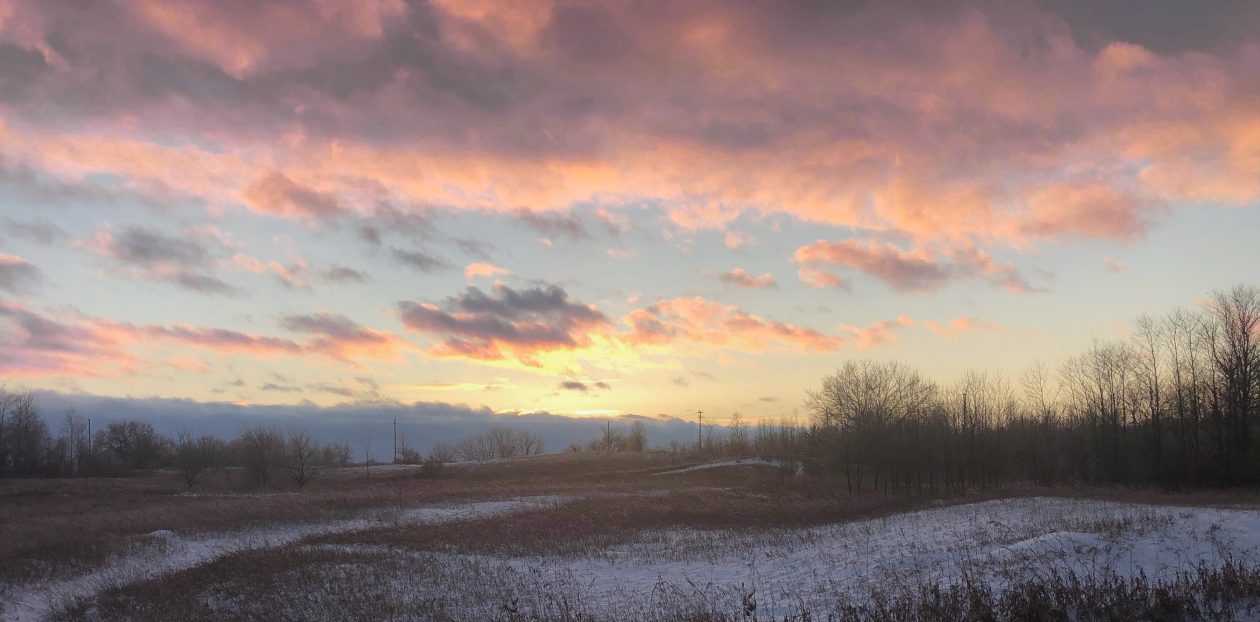Years ago I visited the gardens at Wavehill in the Bronx, New York City. It was one of those gardens that literally stopped me in my tracks and made me forget to breathe for a moment. Let me take you there.

This is the view you initially see when you enter the gate and look across the lawn, toward the majestic pergola that provides a spot to admire the Palisades across the Hudson River. Wavehill is a must-see destination for all garden lovers visiting New York City. Although it is accessible via subway and bus from downtown Manhattan (give yourself over an hour), the main house was built in 1843 as a country getaway and went through several owners and improvements up until its final deeding to the City of New York in 1960.

This impressive pergola not only stops the eye because of the spectacular wisteria that drapes it, but also because of the lush and creative display of pots that sit underneath.
The gardens at Wavehill demonstrated several things to me: first, the power of views. It doesn’t matter where you stand, there is always a path, a bench, a set of stairs, an entrance or a cluster of pots that beckons. Secondly, every inch of space is taken up with plants that have been chosen for their ornamental value and carefully placed to make the most of a relationship with their neighbours; attention is paid to colour, texture and shape in a way that I had rarely seen before. This attention to detail was largely a reflection of its head gardener, the amazing Marco Polo Stufano, who moved on to other adventures in the autumn of 2001, after having shaped the once derelict grounds for over 34 years into an internationally respected garden.
The third lesson was structure. Although the plantings in the gardens here are all very effusive and lush, with plants jostling and tumbling over eachother, the framework of the gardens is visually strong and static. Rustic fencing, stone walls, pots and planters, arbours and visually emphatic pathways (whether rigid or wandering) — all of these act to ground the ever-shifting nature of plants.
I do think that the timing of a visit to Wavehill is important. If you can, plan your journey here for the late summer or better still, early autumn, when the tender plantings have had a chance to mature through the season and the colours are beginning to shift. Indeed, Stufano’s favourite season here was fall.

If you turn right at the entrance rather than walking ahead to the pergola, you enter the main flower garden, where the axis is marked by a selection of pots, usually planted with temperate specimens taken from the greenhouse beyond. This display changes from year to year.

There is also a cluster of pots around the entrance to the greenhouse that includes this incredible standard peach-coloured Brugmansia, underplanted with Setcreasea purpurea.



This garden is marked by its variety; unusual flowering shrubs, well-placed evergreens, annuals both familiar and exotic used for their foliage colour and all-season blooms as well as vines and roses for vertical interest. Walking slowly through this fairly compact space, you can’t help but notice the large number of bees, butterflies and birds enjoying the garden too.

The sunny terrace is home to a permanent collection of alpine troughs with plantings both large and small; exquisite miniature worlds carefully tended in each planter.


The wild garden is to be enjoyed as an intimate experience, looking left and right at your feet as you walk in order to see every specimen, and as a lookout for a more expansive view. But don’t be fooled: this garden is every bit as crafted as the more formal flower garden. I recall seeing Stufano giving Martha Stewart a tour years ago on her television program and seeing him point to a mature fastigiate evergreen, acting as sentinel, that was now well out of scale with the rest of the garden and say, “This will have to come down.” Clearly no room for sentimentality.


The garden that is the pond, with giant water plants and adjacent ornamental grasses, is spectacular. The water here is black and inky, allowing the pots to remain invisible under the water’s surface. This is due to an additive being mixed into the water. It doesn’t appear to have any detrimental effect to the plants.
I think its time for a return pilgrimage.






































































